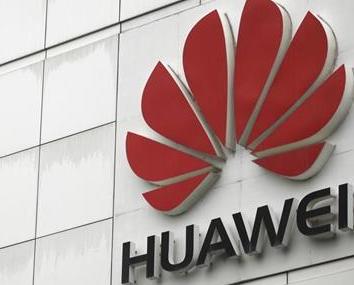  Huawei, on Monday announced that 53 operators worldwide have deployed its 400G core router over the past five months. The mass deployment of the router, which focuses on addressing big data challenges, kicks off the 400G era for global IP backbone networks.
The proliferation of new services and applications in the cloud era has created an unprecedented digital flood, calling for high-speed transport to deliver anytime communication and first-class service experience.
Huawei NE5000E is the industry’s first 400G core router deployed on a large scale. With a capacity of up to 2 Tbit/s per slot, 6.4 Tbit/s per chassis, and 32 Tbit/s per system, NE5000E can meet service requirements for the next decade. In addition, according to the European Advanced Networking Test Center (EANTC), the overall power consumption of Huawei’s 400G platform is less than 1 W/G, meaning high energy efficiency and low power costs.
Thanks to persistent R&D and innovation in the past 17 years, Huawei has made the leap to leadership in the core router field. In 2012, Huawei launched the world’s first commercial 400G solution, which adopts resiliently distributed network operating systems and solar cell technology. In 2013, Huawei broke new ground with mass commercial 400G rollouts worldwide.
In August 2013, Huawei deployed a 400G IP backbone network for Mobily in Saudi Arabia, and upgraded IP backbone networks for True and DTAC in Thailand to assure UMTS service experience. In October 2013, Russian operator MegaFon and Huawei rolled out Europe’s first 400G backbone network, a future-proof network that enhances service experience for tens of millions of MBB users in Russia. In November 2013, Spain’s fixed network operator Jazztel took the lead in deploying Huawei's 400G solution in Western Europe. Huawei NE5000E core routers are in service on 53 backbone networks across five continents in more than 30 countries.
“The next wave of the information revolution is coming. To cope with this digital tsunami, operators are looking to Huawei's 400G core router. The router delivers ultra-high bandwidth at low costs, and features reliable performance, commercial maturity, and simple O&M. As a trusted partner, Huawei will continue to focus on customer-centric innovation and industrial challenges to deliver ultra wideband network solutions that are more efficient, smarter, easier-to-manage, and value-added, helping operators succeed in the big data era,” said Zha Jun, President of Huawei’s Fixed Network Business Unit.
Quick service expansion in the big data era expedites the development of high-end router technology. As an industry leader in TB-level routing technology, Huawei unveiled the industry’s first 1T router line card in April 2013, with a switching capacity double that of a 400G line card. In October 2013, this cutting-edge 1T line card received the InfoVision Award from the Broadband World Forum. |